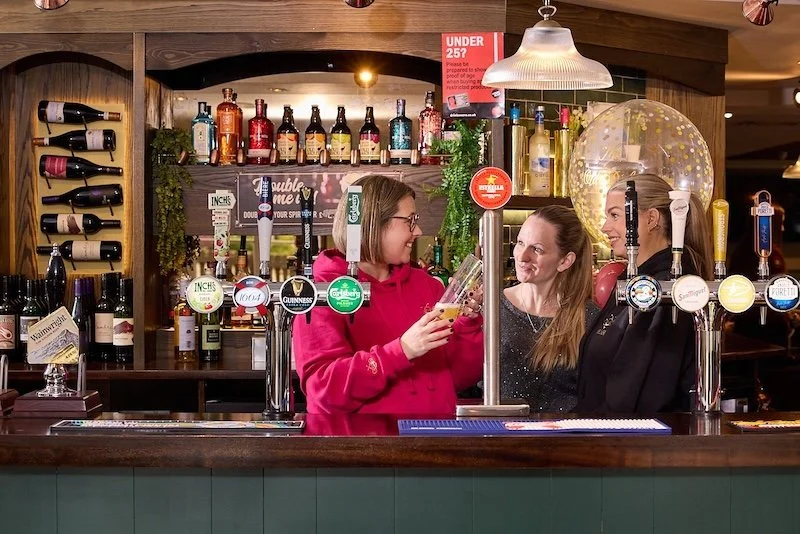Reimagining shopping with augmented reality
Customers no longer care only about transactions. Shoppers today want more meaningful and interactive experiences. Here comes augmented reality (AR).
Want to see what your living room would look like with that new bed? AR lets you play around with furniture or clothes before you buy them. There is less of a difference between shopping online and in a store thanks to this technology.
Augmented reality can be good for retailers, and it can be fun for customers to connect with products in new ways. Interested in this? Let us talk about it.
How does AR work in retail?
This technology revolutionises our perception of the world by overlaying digital content onto our physical surroundings. Integrating this feature into mobile cameras allows them to come alive and become active participants in a seamlessly blended reality.
AR not only transforms online experiences for businesses, consumers, and the entertainment industry, but also extends its impact to online casinos. With AR, you no longer need to be confined to a screen; the gambling floor can be brought to life right where you are.
Choosing an augmented reality casino shows that you are receptive to new ideas and that you are interested in trying out perks like free spins no deposit rewards. So make sure to choose your casino carefully and experience what AR has to give you.
Augmented reality malls can provide many interesting experiences. Customers can try on clothes in person using their phones, bypassing the fitting room. Face the camera to see how different clothes look on you in real time. Online shopping is best because it lets customers choose their own style and saves time.
Why retailers should use AR
Retailers seeking to improve the customer experience and increase sales can reap numerous benefits from augmented reality:
Reduced returns
One of the hardest things for customers is getting clothes that fit and look good on them. Real-time AR lets people see how clothes look on them before they buy them.
So they can correctly judge length, width, and overall fit. This helps them pick the right size and lowers the chance that they'll have to return something because it doesn't fit. This lets people see how the clothes will fit and look on them, which makes them more likely to buy them.
Improved brand storytelling
So, let's say a store that sells watches uses AR to show buyers how the complicated process of making watches really works.
AR lets people see 3D models of the watch's parts in great detail, watch as the skilled workers put the watch together, and even learn about the brand's past and roots. Through this full experience, customers can feel more connected to the company and the product.
AR can also be used to show that clothes are made from materials that are good for the environment and last a long time. People with the app can scan a piece of clothes to find out right away about the materials that were used, where they came from, and how they impact the earth.
Customers can see for themselves how hard a brand works to be ethical and eco-friendly when it is open and tells stories. This builds trust and sincerity.
Streamlined in-store navigation
Physical signs and maps are used for traditional in-store navigation, which can be hard to understand and take a long time to follow.
AR lets customers see virtual markers or arrows on top of the real world view by using their phones or tablets. These markers can help them find the product or department they want, making the shopping experience smooth and quick.
Data driven insights
AR lets stores see how customers move and interact with virtual items, such as how they spin, zoom in, or use different features.
By showing businesses what customers really want, this data can tell them a lot about what parts or features of a product their target crowd likes the most. By changing their marketing strategies and collecting more data, stores can get a better idea of what their customers want over time.
The revolution of augmented reality in retail: actions shown
A number of major stores are already using AR to build new ways for customers to shop:
Sephora's Virtual Artist app
This new software lets users sample cosmetics online using their phone's camera. It lets customers explore numerous styles, tints, and colors. This empowers them to buy better cosmetics and promotes confidence.
There are also extra features in the app, like lessons, product information, and suggestions. To learn new skills and get ideas, users can access step-by-step makeup lessons or watch movies with professional makeup artists.
The app also gives users specific suggestions based on their likes and past purchases, making sure they have a unique experience.
Ikea Place app
People can look at a lot of different kinds of furniture from the Ikea catalogue with the Ikea Place app.
Then, they can use the camera on their phone or computer to virtually put the furniture where they want it in their home. AR is used by the app to correctly map the room's size and surface, so users can see the furniture in real time and from different views.
Customers really like this virtual placement feature because it gives them a good idea of how the furniture will look and fit in their room.































Continue reading…